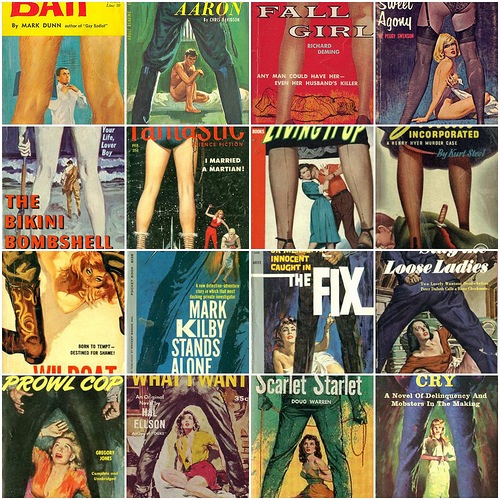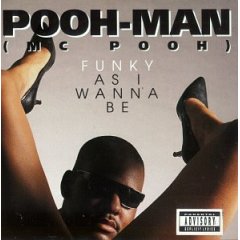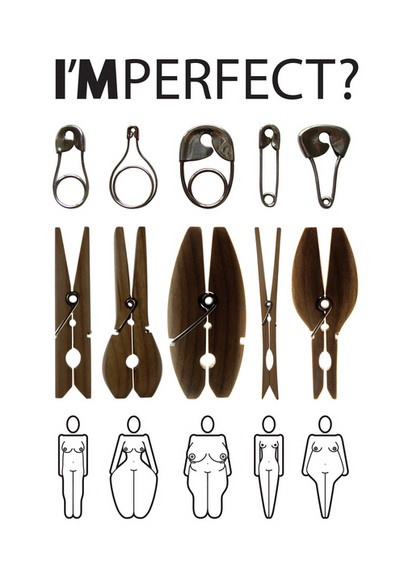Two readers, Breck and Miguel, sent in this post:
Boingboing put up this post that shows how common “spread legs” imagery is in old book covers. A commenter to that post pointed out this example (found here) from the Broadway version of Cry-Baby.:
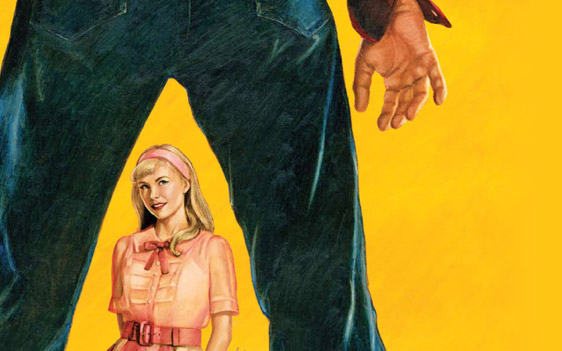
Another commenter thought this FatBoy Slim album cover is interesting:
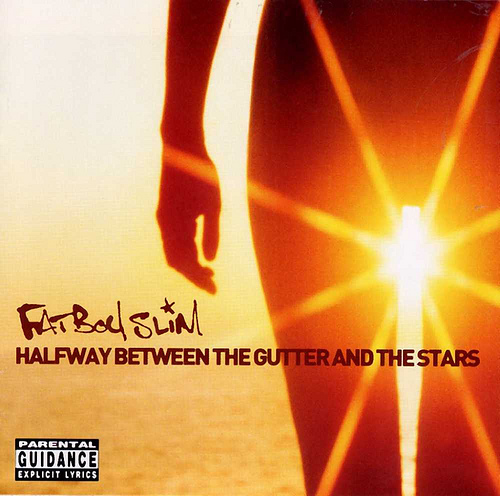
And there’s this Pooh-Man album cover:
And:

Miguel pointed out that the exact same stance can seem threatening or sexual inviting, depending on whether it’s a man or a woman in the pose.
Thanks to Breck and Miguel for sending these along!
NEW: Larry sent along this image from the June 2008 issue of Esquire magazine (p. 112), which also uses the “spread legs” motif:


